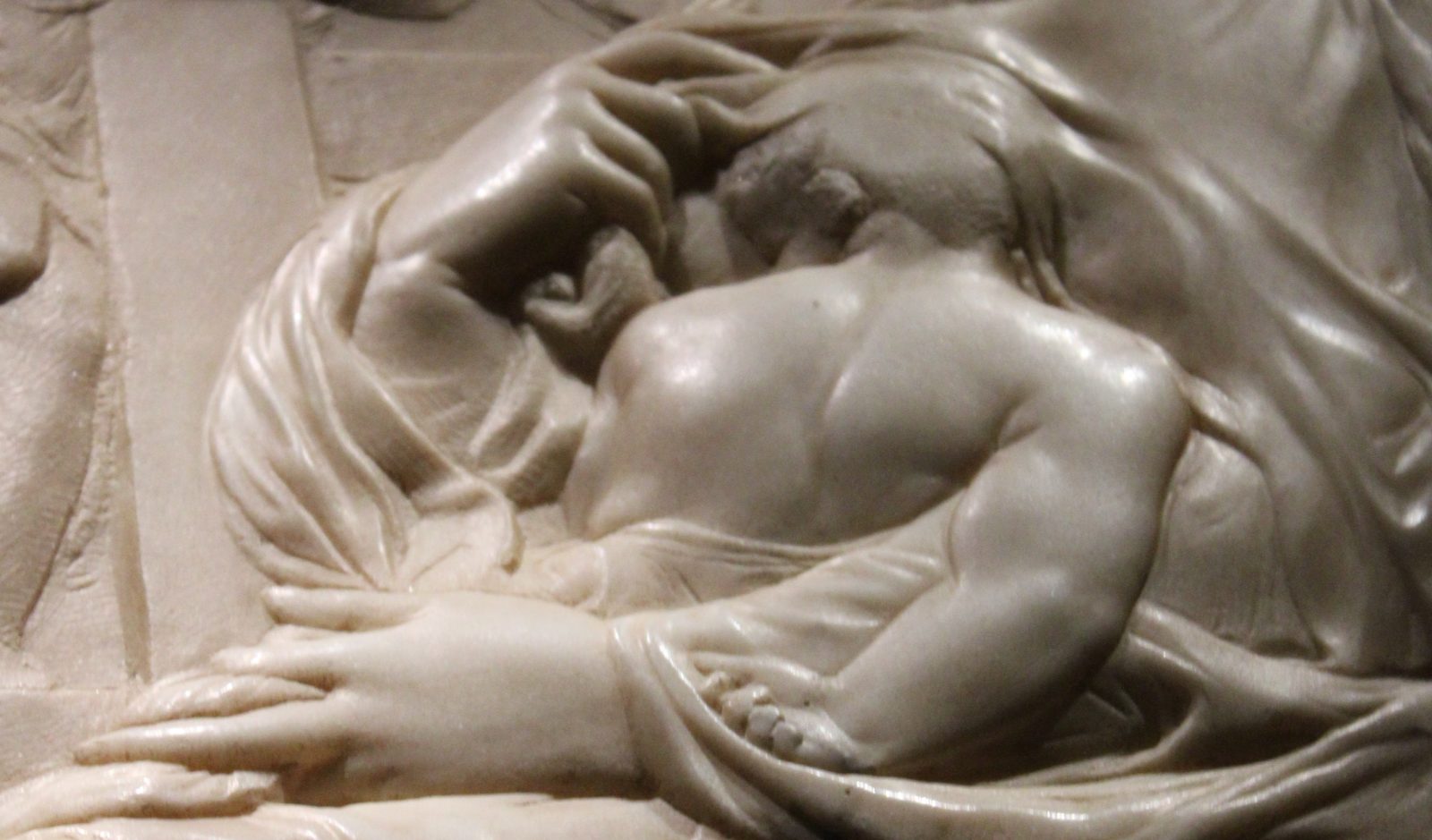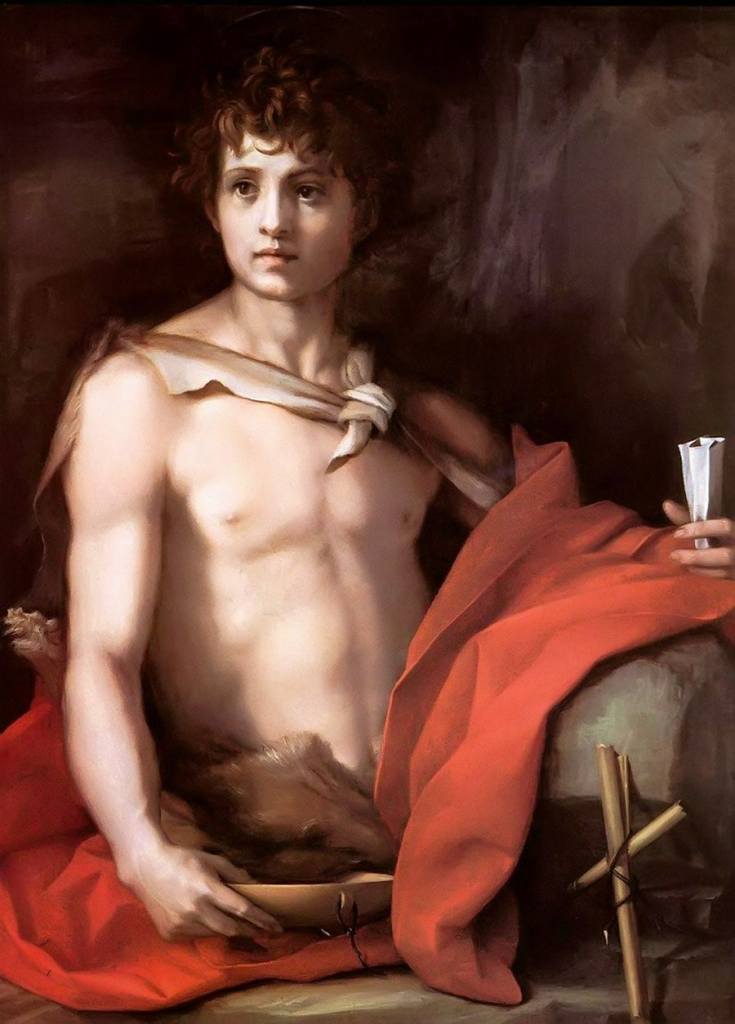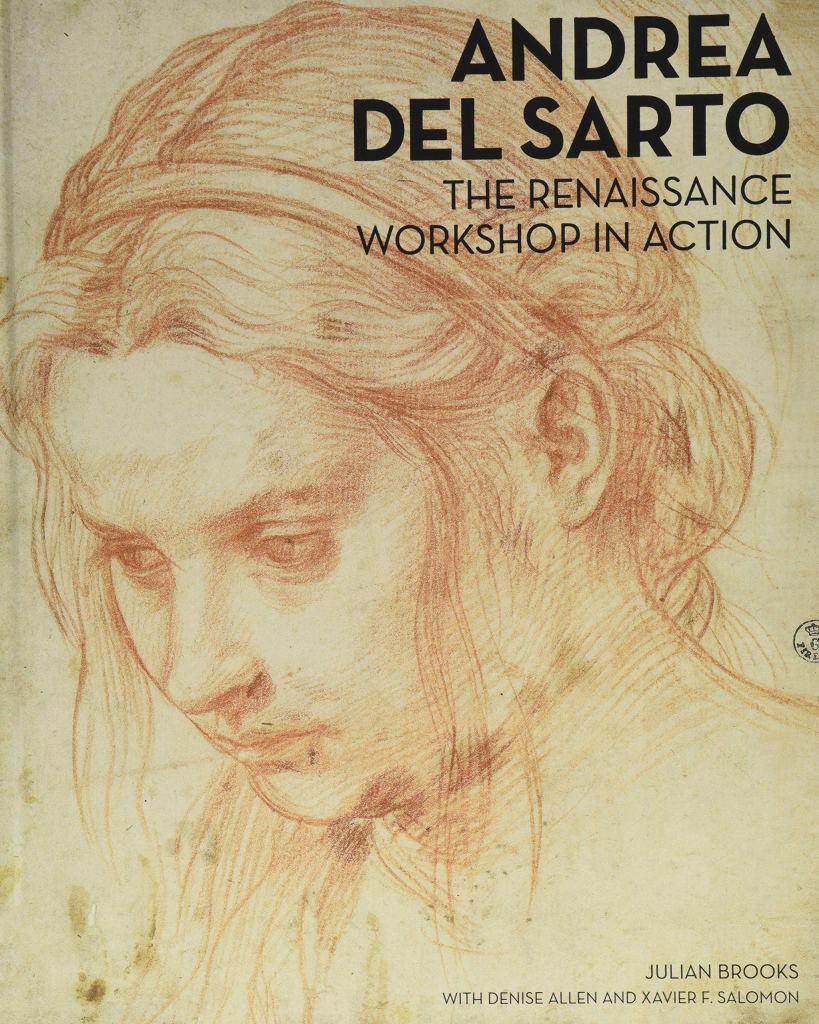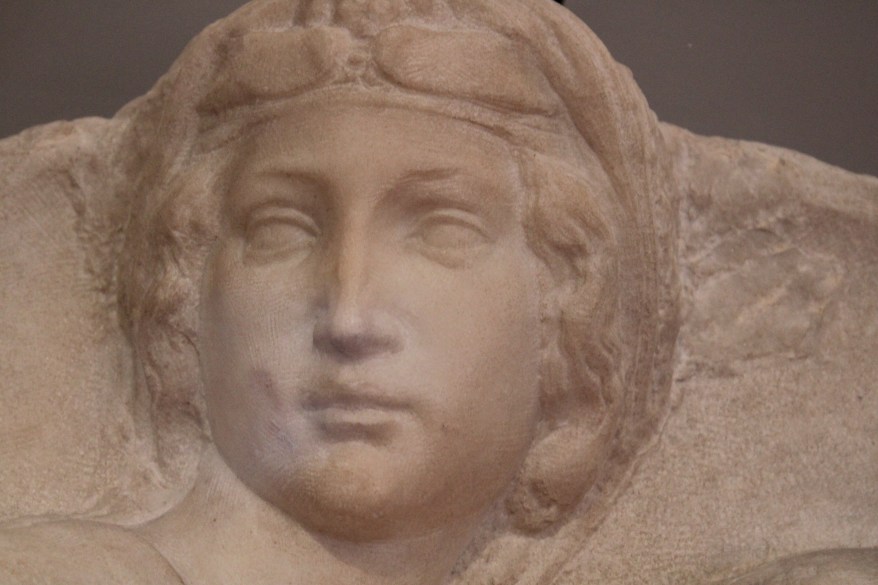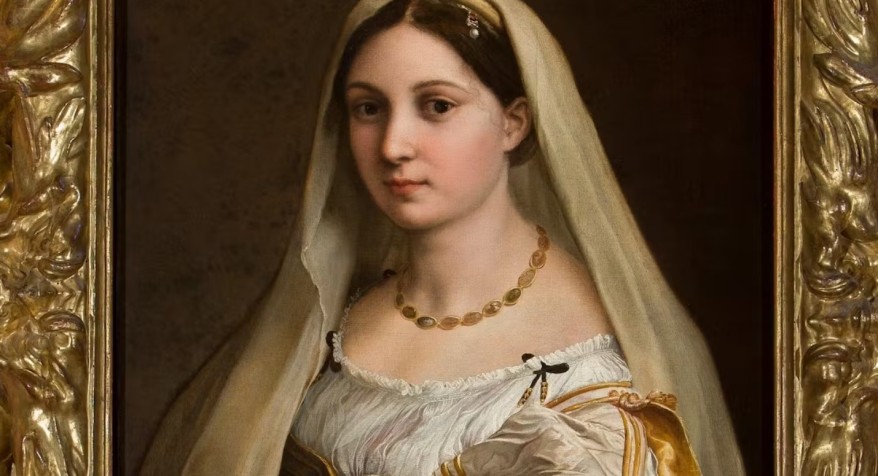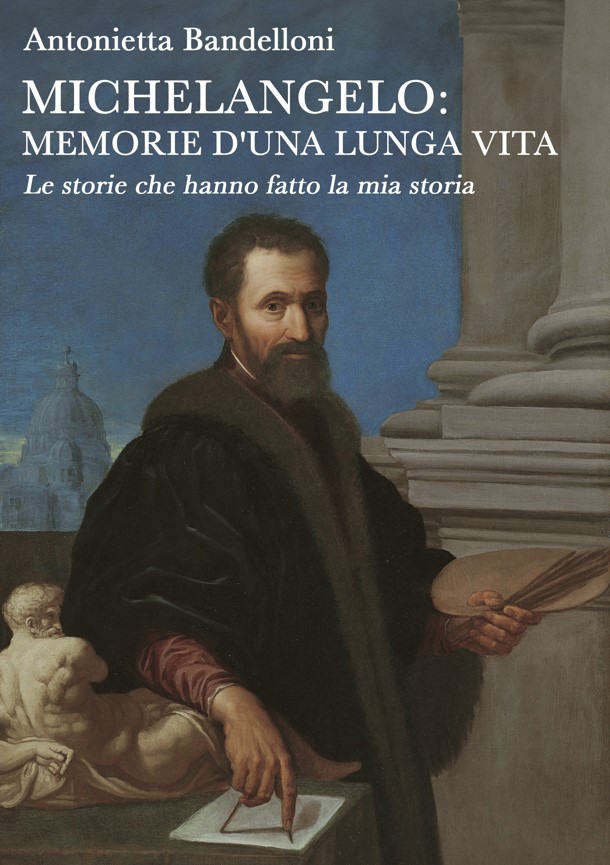16 luglio 1486: nasce il pittore senza errori, Andrea del Sarto
Era 16 luglio del 1486 quando a Firenze nacque quello che il Vasari definì il pittore senza errori: Andrea del Sarto.
L’appellativo che si portò dietro per tutta la vita Andrea lo doveva al su’ babbo che di professione faceva il sarto Agnolo di Francesco di Luca Vannucchi ma anche la su’ mamma Costanza di Silvestro aveva a che fare con quella professione già che era figliola a sua volta di un sarto.
Mentre stoffe e abiti erano all’ordine del giorno a casa sua, la strada che gli si prospettava dinnanzi lo avrebbe portato lontano dalla tradizione di famiglia.
A soli sette anni fu mandato dai genitori a bottega da un orafo ma dopo poco fu trasferito a bottega dal pittore Giovanni Barili o, molto più probabilmente presso suo fratello pittore Andrea. Il maestro, notata la sua bravura e la naturale inclinazione verso il disegno, lo affidò alla bottega di Piero di Cosimo dove avrebbe avuto modo di imparare diverse tecniche pittoriche e sperimentare con i colori.
Studiò a fondo i cartoni che avevo disegnato ed esposto in vista della realizzazione del grande affresco della Battaglia di Cascina e subì una grande fascinazione per le opere di Raffaello e di Leonardo da Vinci.
Copiando e studiando i disegni dei grandi, iniziò ad essere apprezzato come eccellente disegnatore ed ebbe modo di entrare in confidenza con il Franciabigio.
Con lui strinse un proficuo rapporto di collaborazione.
La prima commissione importante a cui ebbe modo di mettere mano fu la decorazione in terra verde con il chiaroscuro nel Chiostro dello Scalzo a Firenze. Cominciò a lavorarci nel 1507 e dopo varie interruzioni ultimò il ciclo pittorico dedicato alle scene della vita di San Giovanni Battista nel 1526.
Fra le sue opere più celebri vale la pena menzionare la pala d’altare della Madonna delle Arpie, dipinta nel 1517 e oggi conservata presso la Galleria degli Uffizi. La tavola gli fu commissionata dalle monache di San Francesco de’ Macci, per decorare la loro chiesa.
Nel Settecento il principe Ferdinando de’ Medici si invaghì così tanto di questo capolavoro che si impegnò a ristrutturare completamente quella piccola chiesa in cambio dell’opera di Andrea del Sarto.
Una volta ottenuto il prezioso di pinto, lo fece portare a Palazzo Pitti dove rimase fino al 1795, anno in cui fu trasferito alla Galleria degli Uffizi.
Nel 1518 Andrea del Sarto si trasferì alla corte di Francesco I in Francia dove rimase un anno realizzando diversi dipinti fra i quali la Carità che oggi si trova al Louvre.
Una volta tornato a Firenze riprende a lavorare al Chiostro dello Scalzo e inizia ad affrescare nella villa Medicea di Poggio a Caiano il Tributo a Cesare, opera lasciata incompiuta e ultimata da Alessandro Allori.
Nella sua prestigiosa bottega si formarono promettenti ragazzini fra i quali il Pontormo e il Rosso Fiorentino.
Andrea del Sarto passò a miglior vita a Firenze il 29 settembre del 1530 lasciando a noi posteri un’incredibile tesoro artistico da custodire, studiare e ammirare.
Il libro
Andrea del Sarto è considerato come uno dei più grandi disegnatori nel corso della storia e in quanto a bravura, se la doveva vedere con Leonardo da Vinci.
Caratterizzati da un realismo estremo, i suoi disegni fecero scuola. Per conoscere meglio questo artista, la sua opera grafica è imprescindibile. In questo libro pubblicato in occasione di una mostra dedicata a Andrea del Sarto organizzata dal J. Paul Getty Museum, viene affrontato proprio il tema del disegno senza tralasciare la vita dell’artista.
Per il momento il vostro Michelangelo Buonarroti vi saluta dandovi appuntamento ai prossimi post e sui social.
July 16, 1486: the flawless painter, Andrea del Sarto, was born
It was 16 July 1486 when what Vasari called the painter without errors was born in Florence: Andrea del Sarto.
The name that Andrea carried with him throughout his life was due to his father who by profession was the tailor Agnolo di Francesco di Luca Vannucchi but also his mother Costanza di Silvestro had to do with that profession since she was a daughter in turn of a tailor.
While fabrics and clothes were the order of the day at his home, the road ahead would take him away from the family tradition.
At the age of only seven he was sent by his parents to a goldsmith’s workshop but shortly afterwards he was transferred to the workshop of the painter Giovanni Barili or, much more probably his brother Andrea, painter. The master, having noticed his skill and natural inclination towards drawing, entrusted him to the workshop of Piero di Cosimo where he would have had the opportunity to learn various pictorial techniques and experiment with colours.
He thoroughly studied the cartoons that I had drawn and exhibited in view of the creation of the great fresco of the Battle of Cascina and was fascinated by the works of Raphael and Leonardo da Vinci.
By copying and studying the drawings of the greats, he began to be appreciated as an excellent draftsman and was able to become familiar with Franciabigio.
He established a fruitful working relationship with him.
The first important commission he was able to undertake was the green earth decoration with chiaroscuro in the Chiostro dello Scalzo in Florence. He began working on it in 1507 and after various interruptions he completed the pictorial cycle dedicated to scenes from the life of St. John the Baptist in 1526.
Among his most famous works, it is worth mentioning the altarpiece of the Madonna delle Arpie, painted in 1517 and now kept in the Uffizi Gallery. The panel was commissioned from him by the nuns of San Francesco de’ Macci, to decorate their church.
In the eighteenth century, Prince Ferdinando de ‘Medici fell in love with this masterpiece so much that he undertook to completely renovate that small church in exchange for the work of Andrea del Sarto.
Once the precious pinto was obtained, he had it taken to Palazzo Pitti where it remained until 1795, the year in which it was transferred to the Uffizi Gallery.
In 1518 Andrea del Sarto moved to the court of Francis I in France where he remained for a year, creating various paintings including the Charity which is now in the Louvre.
Once back in Florence he resumed work in the Chiostro dello Scalzo and began to fresco the Tribute to Caesar in the Medici villa at Poggio a Caiano, a work left unfinished and completed by Alessandro Allori.
In his prestigious workshop, promising youngsters were educated, including Pontormo and Rosso Fiorentino.
Andrea del Sarto passed away in Florence on 29 September 1530, leaving us posterity with an incredible artistic treasure to keep, study and admire.
The book
Andrea del Sarto is considered one of the greatest drawers in history and in terms of skill, he had to deal with Leonardo da Vinci.
Characterized by extreme realism, his drawings made school. To get to know this artist better, his graphic work is essential. In this book published on the occasion of an exhibition dedicated to Andrea del Sarto organized by the J. Paul Getty Museum, the theme of drawing is tackled without neglecting the artist’s life.
You find it HERE.
For the moment, your Michelangelo Buonarroti greets you by making an appointment for the next posts and on social media.

Sostienici – Support Us
Se questo blog ti piace e ti appassiona, puoi aiutarci a farlo crescere sempre più sostenendoci in modo concreto condividendo i post, seguendo le pagine social e con un contributo che ci aiuta ad andare avanti con il nostro lavoro di divulgazione. . ENGLISH: If you like and are passionate about this blog, you can help us make it grow more and more by supporting us in a concrete way by sharing posts, following social pages and with a contribution that helps us to move forward with our dissemination work.
8,00 €
-
La Velata di Raffaello: la sua opulenza e quel gioiello fra i capelli, dalla parte del cuore
🇮🇹Il dipinto del giorno che vi propongo oggi è la Velata Raffaello, il capolavoro dell’artista urbinate realizzato attorno al 1515. Vi siete mai domandati che significato abbia il gioiello che porta sul capo?… 🇬🇧The painting of the day that I propose to you today is the Velata Raffaello, the masterpiece of the artist from Urbino…
-
Alberto Angela torna a Pompei
Alberto Angela torna a Pompei per raccontare al grande pubblico le nuove scoperte fatte dagli archeologi negli ultimi mesi…
